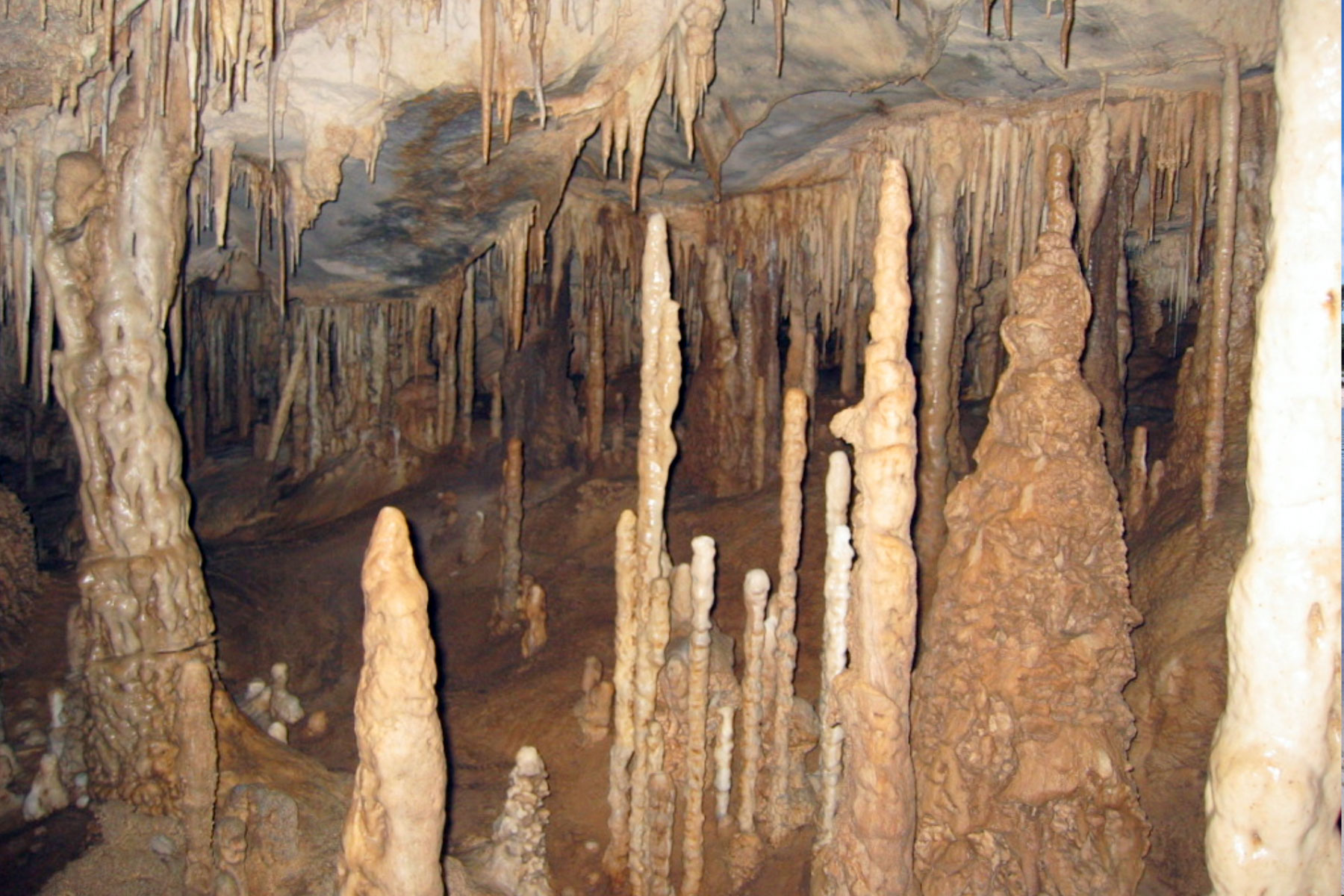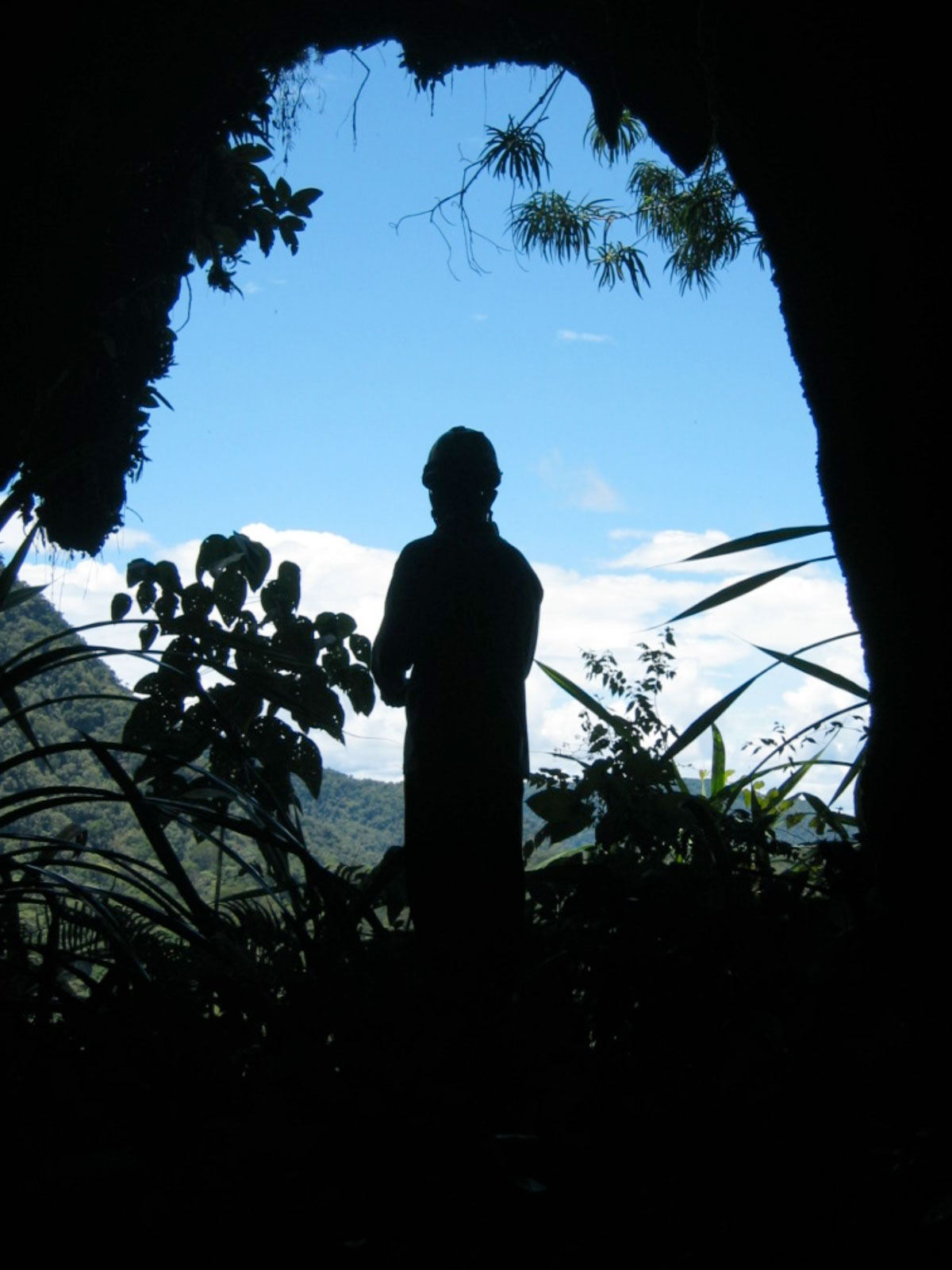
Borneo caves as climate recorders: the last interglacial to today


Over the last ten years, my group has pursued new records of glacial-interglacial climate variability using stalagmites from caves in Borneo. We use the oxygen isotopic composition (δ18O) of the stalagmite calcite as a proxy for regional hydrology, as supported by our on-site calibration efforts. Thanks to collaborator Jess Adkins at Caltech, our timeseries of stalagmite oxygen isotope variability are exceptionally well-dated using Uranium-Thorium dating methods. By combining several overlapping stalagmite δ18O records from the same site, we highlight shared features most likely caused by regional climate changes.
Some highlights from our cave stalagmite publications:
- identified a strong drying in Borneo associated with the Heinrich 1 abrupt climate change event originally described in the North Atlantic, consistent with climate model simulations; isolated a spring/fall precessional control on northern Warm Pool hydroclimate over the last 30,000yrs. Take-home: Warm Pool hydrology is very sensitive to some, though not all, of the high-latitude climate forcing thought to dominate abrupt climate change events (Partin et al., 2007)
- reconstructed cave stalagmite δ18O through a known high-latitude climate transition that took place 450,000yrs ago, resolving 3 major glacial-interglacial cycles in the process; uncovered strong inferred drying events similar to Heinrich 1 drying, but found little correspondence between major high-latitude climate shift and western tropical Pacific hydroclimate (Meckler et al., 2012)
Publications
Carolin, S.*, K.M. Cobb, J.F. Adkins, B. Clark, A. Tuen. Varied response of western tropical Pacific hydrology to abrupt climate changes. Revised for Science.
Moerman, J.W.*, K.M. Cobb, J.F. Adkins, H. Sodemann, B. Clark, A. Tuen, Large-scale climate controls on rainfall oxygen isotope variability in the west Pacific Warm Pool. Revised for EPSL.
Meckler, A., M. Clarkson, K.M. Cobb, J. Eiler, H. Sodemann, J.F. Adkins. Interglacial hydroclimate in the tropical West Pacific through the late Pleistocene, Science 336: 1301-1304, 2012.
Partin, J.W.*, K.M. Cobb, J.F. Adkins, B. Clark, D.P. Fernandez. Millennial-scale trends in west Pacific warm pool hydrology since the Last Glacial Maximum. Nature 449: 452-455, 2007.
Cobb, K.M., B. Clark , J.W. Partin, J.F. Adkins. Regional-scale climate influences on temporal variations in rainwater and cave dripwater oxygen isotopes in northern Borneo. Earth and Planetary Science Letters 263: 207-220, 2007.
Presentations
Stalagmite records of abrupt climate change in the tropical Pacific (40 min) UGA, Sept 11, 2008.
People
Collaborators
- Jess Adkins, Caltech
- Brian Clark, Gunung Mulu National Park
- Syria Lejau, Gunung Mulu National Park
- Jenny Malang, Gunung Mulu National Park
- Andrew Tuen, Sarawak Center for Biodiversity
- Harald Soddeman, ETH-Zurich
Funding Sources
Other
- Niko Sluzki, field videography




